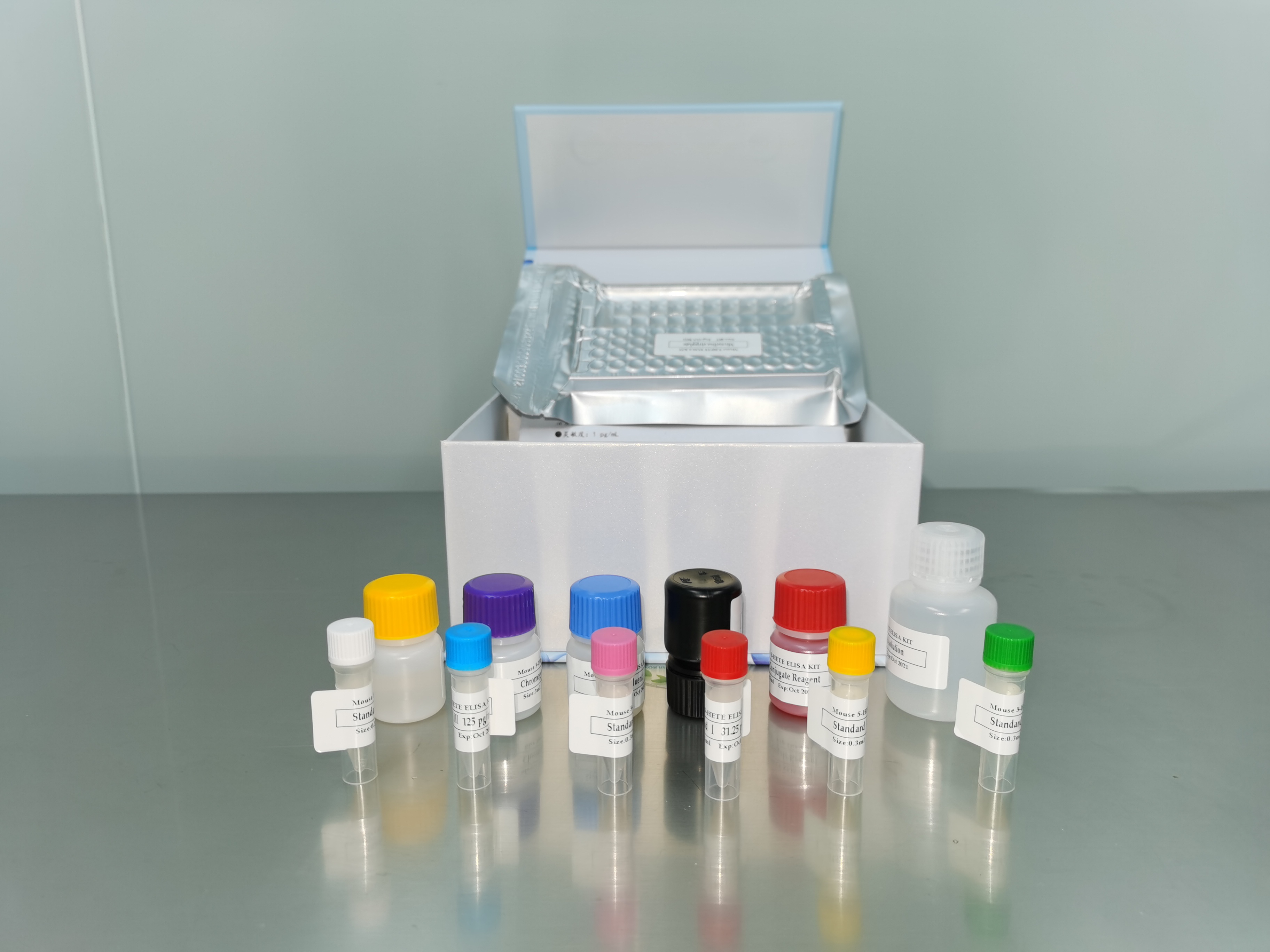| 产品名称: | Trimastix pyriformis (Klebs) Bernard et al. |
|---|---|
| 商品货号: | TS142784 |
| Deposited As: | Chilomastix sulcatus Klebs |
| Strain Designations: | RCP |
| Biosafety Level: | 1
Biosafety classification is based on U.S. Public Health Service Guidelines, it is the responsibility of the customer to ensure that their facilities comply with biosafety regulations for their own country. |
| Product Format: | test tube |
| Type Strain: | no |
| Comments: | not detected by Trichomonas vaginalis-specific PCR primers ultrastructure |
| Medium: | ATCC® Medium 802: Sonneborns Paramecium medium |
| Growth Conditions: | Temperature: 25.0°C Duration: anaerobic |
| Cryopreservation: | 1.xa0xa0 Harvest the cells from a culture that is at or near peak density by centrifuging at 850 x g for 5 minutes. 2.xa0 If the cell concentration exceeds the required level do not centrifuge, but adjust the concentration to between 2 x 106 and 2 x 107cysts/ml with fresh medium. xa0If the concentration is too low, centrifuge at 850 x g for 5 min and resuspend the pellet in the volume of fresh medium required to yield the desired concentration. 3.xa0xa0 While cells are centrifuging prepare a 20% (v/v) solution of sterile DMSO as follows: Add the required volume of DMSO to a glass screw-capped test tube and place it in an ice bath.xa0 Allow the DMSO to solidify.xa0 Add the required volume of refrigerated medium.xa0 Dissolve the DMSO by inverting the tube several times.xa0 xa0xa0xa0xa0xa0 *NOTE: If the DMSO solution is not prepared on ice, an exothermic reaction will occur that may precipitate certain components of the medium. 4.xa0 Mix the cell preparation and the DMSO in equal portions. Thus, the final concentration will be between 106 and 107 cells/ml and 10% (v/v) DMSO. The time from the mixing of the cell preparation and DMSO stock solution before the freezing process is begun should be no less than 15 min and no longer than 30 min. 5.xa0xa0 Dispense in 0.5 ml aliquots into 1.0 - 2.0 ml sterile plastic screw-capped cryules (special plastic vials for cryopreservation). 6.xa0xa0 Place the vials in a controlled rate freezing unit.xa0 From room temperature cool at -1°C/min to -40°C.xa0 If the freezing unit can compensate for the heat of fusion, maintain rate atxa0xa0xa0xa0xa0xa0xa0 -1°C/min through the heat of fusion.xa0 At -40°C plunge into liquid nitrogen. Alternatively, place the vials in a Nalgene 1°C freezing apparatus.xa0 Place the apparatus at -80°C for 1.5 to 2 hours and then plunge ampules into liquid nitrogen.xa0 (The cooling rate in this apparatus is approximately -1°C/min.) xa0 7.xa0 The frozen preparations are stored in either the vapor or liquid phase of a nitrogen freezer. 8.xa0xa0 To establish a culture from the frozen state place an ampule in a water bath set at 35°C (2-3 min). Immerse the vial just sufficient to cover the frozen material. Do not agitate the vial. 9.xa0xa0 Immediately after thawing, aseptically transfer contents to a 16 x 125 mm screw-capped test tube containing 12 ml of bacterized ATCC Medium 802.xa0 Incubate the culture on a 15° horizontal slant at 25°C. |
| Name of Depositor: | TA Nerad |
| References: | Madico G, et al. Diagnosis of Trichomonas vaginalis infection by PCR using vaginal swab samples. J. Clin. Microbiol. 36: 3205-3210, 1998. PubMed: 9774566 OKelly CJ, et al. Ultrastructure of Trimastix pyriformis (Klebs) Bernard et al.: similarities of Trimastix species with retortamonad and jakobid flagellates. Protist 150: 149-162, 1999. PubMed: 10505415 Cavalier-Smith T, Chao EE-Y. Phylogeny of choanozoa, apusozoa, and other protozoa and early eukaryote megaevolution. J. Mol. Evol. 56: 540-563, 2003. PubMed: 12698292 |


